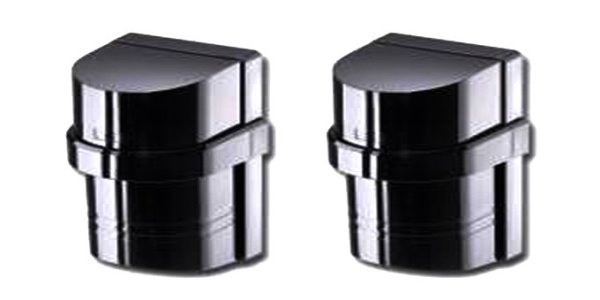lthough infrared communication might look like the technology of the 1990s, it is still present in a multitude of applications around us. Every time you press the button of a remote control, it is most likely it is using the IR (infrared) technology for transmitting data. The TV remote is the most common example. Air conditioning remote controls are another good one.
1. Introduction
Although a remote control is not so difficult to design and build, there is an even simpler option: the IR barrier. This consists of a constant IR signal permanently going from an emitter to a receiver, both of them being in two different places (a few meters apart). When an obstacle comes in between the emitter and the receiver, the IR signal is blocked and the receiver senses that it is missing, flagging the event in an appropriate manner (figure 1).
 |
The principle of operation is simple enough, and with most components taken off the shelf, it is easy to design the schematic. The IR element in the emitter is a simple IR LED. This behaves absolutely like any other LED, with the sole exception that it emits light in the infrared spectrum. The emitted light is thus invisible to human eye, but it is meant to excite the infrared receiving element on the other side of the barrier. One important element of this LED is the wavelength of the emitted light, of which we already know that is in the infrared spectrum.
2. Features and design
The infrared spectrum itself is pretty wide, starting at about 700nm up to 1mm. It has been subdivided by the International Commission on Illumination in three further bands:
For more detail: Simple Infrared Barrier
